Nature of Azerbaijan: From the Caspian Sea to Majestic Mountains
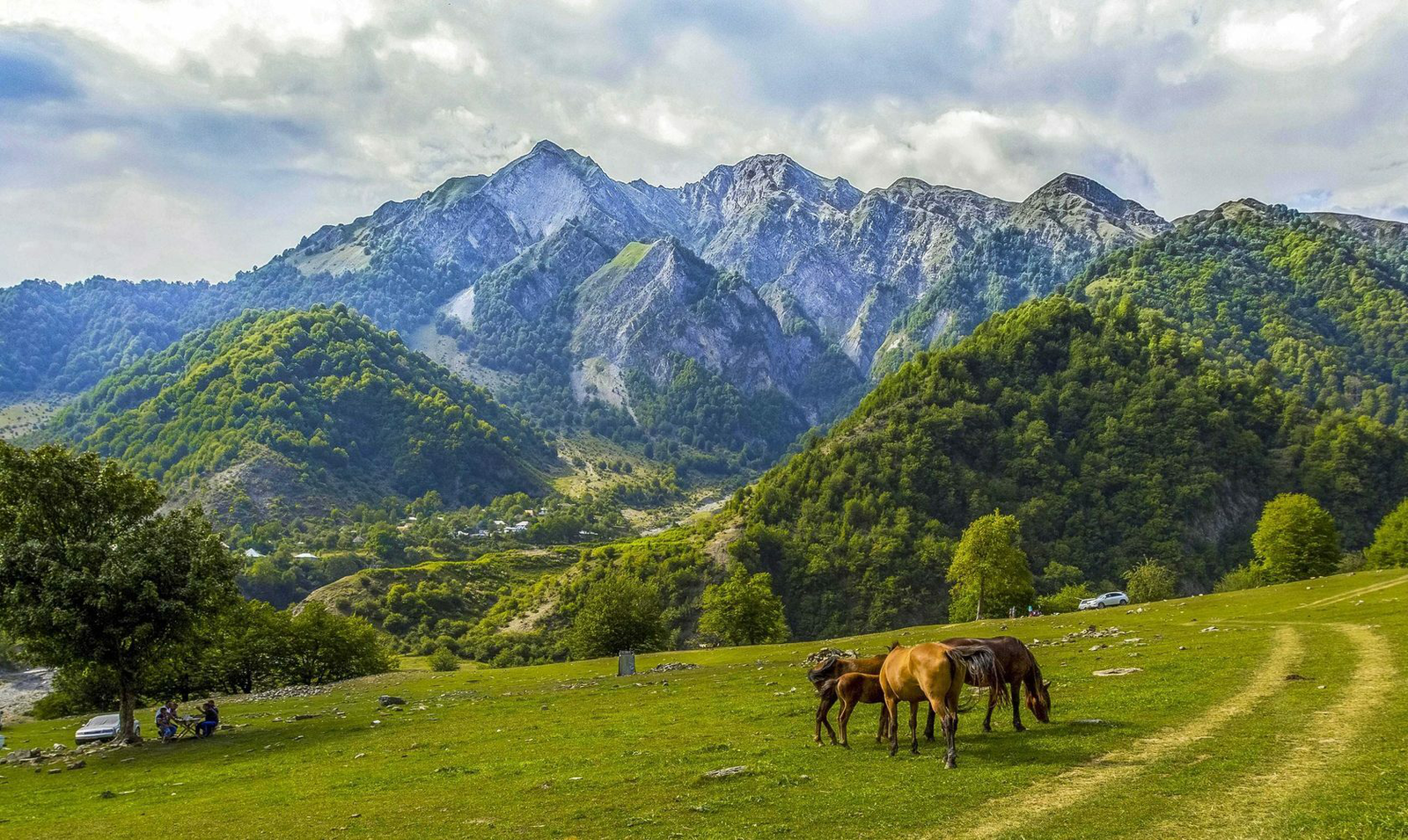

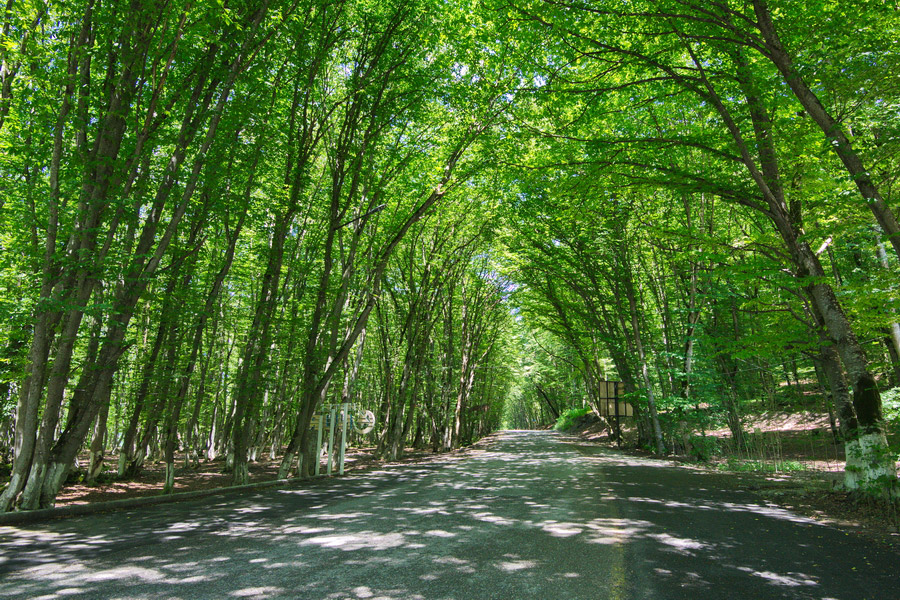
💧 Lakes, Rivers, and Waterfalls: Natural Harmony of Water
Azerbaijan is rich in freshwater resources that enhance its scenic beauty. Lakes like Goygol, Maralgol, Nohurgol, and Aggol are known for their crystal-clear waters and peaceful surroundings. Waterfalls such as Afurja, Misdere, and Laza are most striking in spring when the melting snow feeds roaring torrents. The Kura and Araz rivers — the country’s main arteries — nourish fertile lands, support biodiversity, and sustain agriculture across large areas.
🌋 Natural Wonders: Mud Volcanoes, Healing Springs & Caves
Azerbaijan holds the world record for the number of mud volcanoes — over 350! The Gobustan region is famous for its bubbling mud pools and otherworldly, lunar-like landscapes. Highlights include the Toragay and Bahar volcanoes, protected natural landmarks popular with tourists. Mud springs in Naftalan and Masalli are celebrated for their healing properties. Caves in Nakhchivan and Guba preserve traces of ancient civilizations and attract both archaeologists and adventurous travelers.
☀️ Climate of Azerbaijan: Diversity and Extremes
The climate of Azerbaijan is remarkably varied, influenced by its diverse landscapes and the interaction between the Caspian Sea and surrounding mountains. The Caspian coast enjoys mild winters and hot, humid summers. The lowlands experience scorching, arid summers and relatively mild winters. In contrast, the Greater and Lesser Caucasus Mountains experience a sharply continental climate, with cool summers and snowy winters — ideal for skiing and mountain tourism. The southern Lankaran region and Talysh Mountains feature a humid subtropical climate, supporting lush forests and vineyards. This climatic richness enables the cultivation of a wide range of crops, including grapes, fruits, and tea.
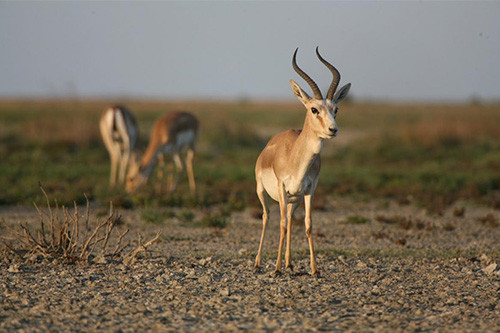
🐾 Wildlife and Flora: Biodiversity at Every Turn
Azerbaijan boasts a rich biodiversity, with over 4,500 plant species and more than 1,000 animal species, including rare and endemic ones such as the Caucasian leopard, stone marten, griffon vulture, and East Caucasian tur. Spring transforms the country into a blooming garden, especially in the south and in the foothills, where wild tulips, poppies, and saffron flourish. Nine national parks and dozens of nature reserves safeguard the country’s diverse ecosystems and support sustainable conservation.
🎒 Nature Tourism: Adventures for Every Explorer
Azerbaijan offers a wide array of outdoor activities for nature lovers: hiking trails, off-road jeep tours, river rafting, birdwatching, lakeside camping, and eco-tourism in remote mountain villages. More and more travelers are choosing nature routes to enjoy solitude, fresh air, and low-impact adventures. The tourism infrastructure is growing, with new camping sites, guesthouses, and eco-farms. Local guides offer exciting, safe, and educational tours that unveil hidden natural gems.
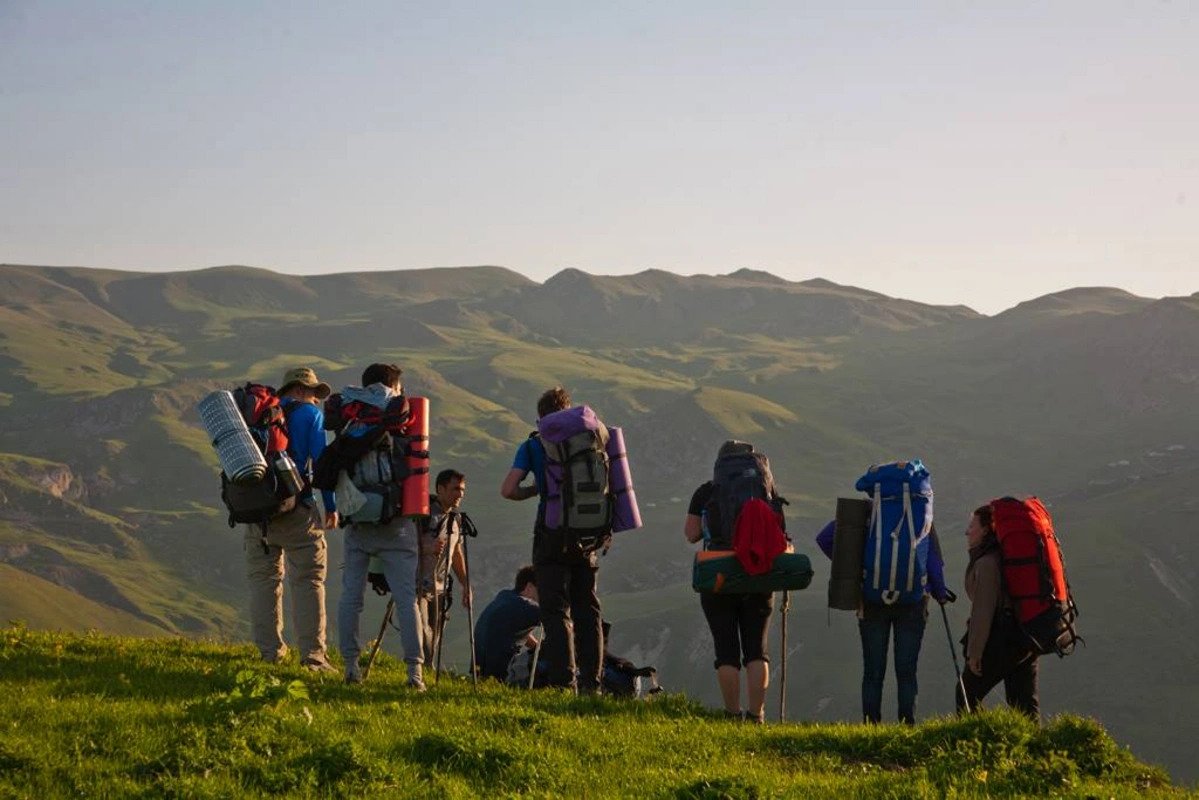
🧭 Travel Tips: How to Explore Nature in Azerbaijan Responsibly
• Choose the right season to travel.
Spring and autumn are ideal — with comfortable weather, fewer tourists, and nature in full bloom. Lowland summers in Azerbaijan can be intensely hot, whereas the mountainous regions experience cold, snowy winters.
• Dress for the terrain and climate.
In the mountains, bring warm clothes and waterproof gear — the weather can change quickly. For coastal and lowland areas, light clothing and good walking shoes are recommended.
• Carry enough water and food.
Some remote nature areas and national parks lack infrastructure, so it’s wise to come prepared.
• Use sun protection.
Especially along the coast and in the mountains, where the sun can be intense. Bring SPF cream and a hat.
• Respect nature and follow park rules.
Don’t litter, avoid lighting fires in restricted areas, don’t disturb wildlife, and don’t pick plants.
• Match your route to your fitness level.
Mountain hikes and off-road tours can be physically demanding — plan accordingly and always bring a map or GPS.
• Consult with local guides.
They can help you organize safe and immersive trips, showing you off-the-beaten-path destinations and sharing cultural insights.
• Be prepared for sudden weather changes.
Especially in the mountains, where rain or snow can arrive unexpectedly — bring a raincoat and extra warm layers.
• Consider the regional climate differences.
Southern areas can be humid and hot, while northern regions tend to be cooler — choose gear accordingly.
• Prepare for health and safety.
Bring a first aid kit and know where the nearest medical centers are. In remote areas, mobile signal may be weak.


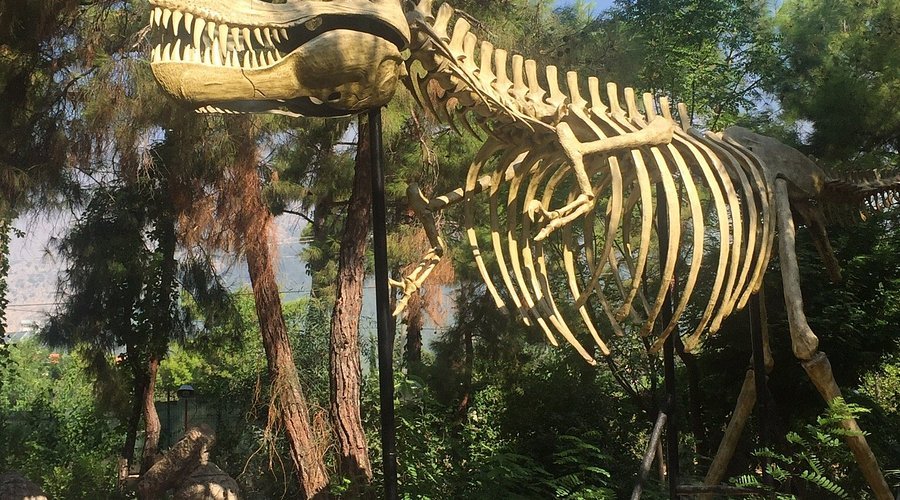


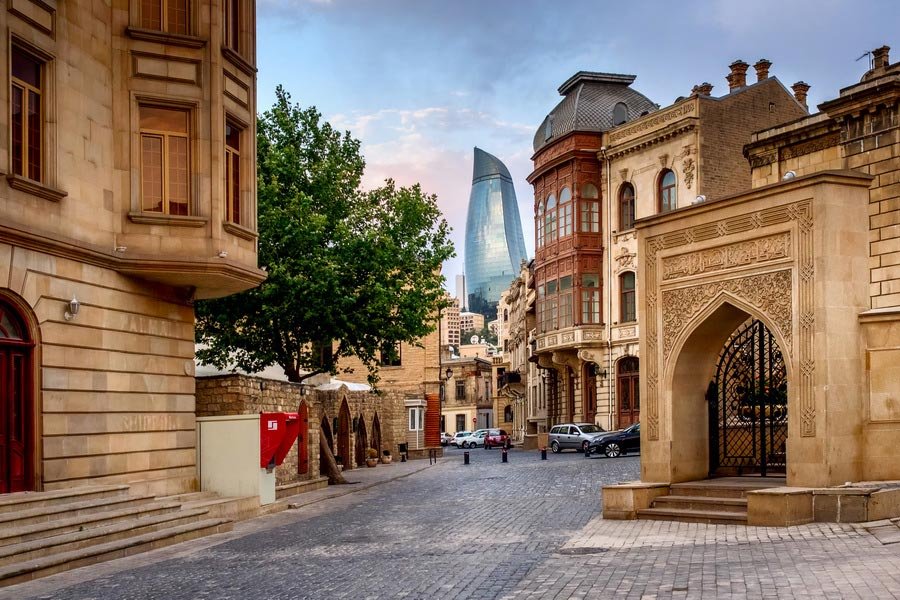
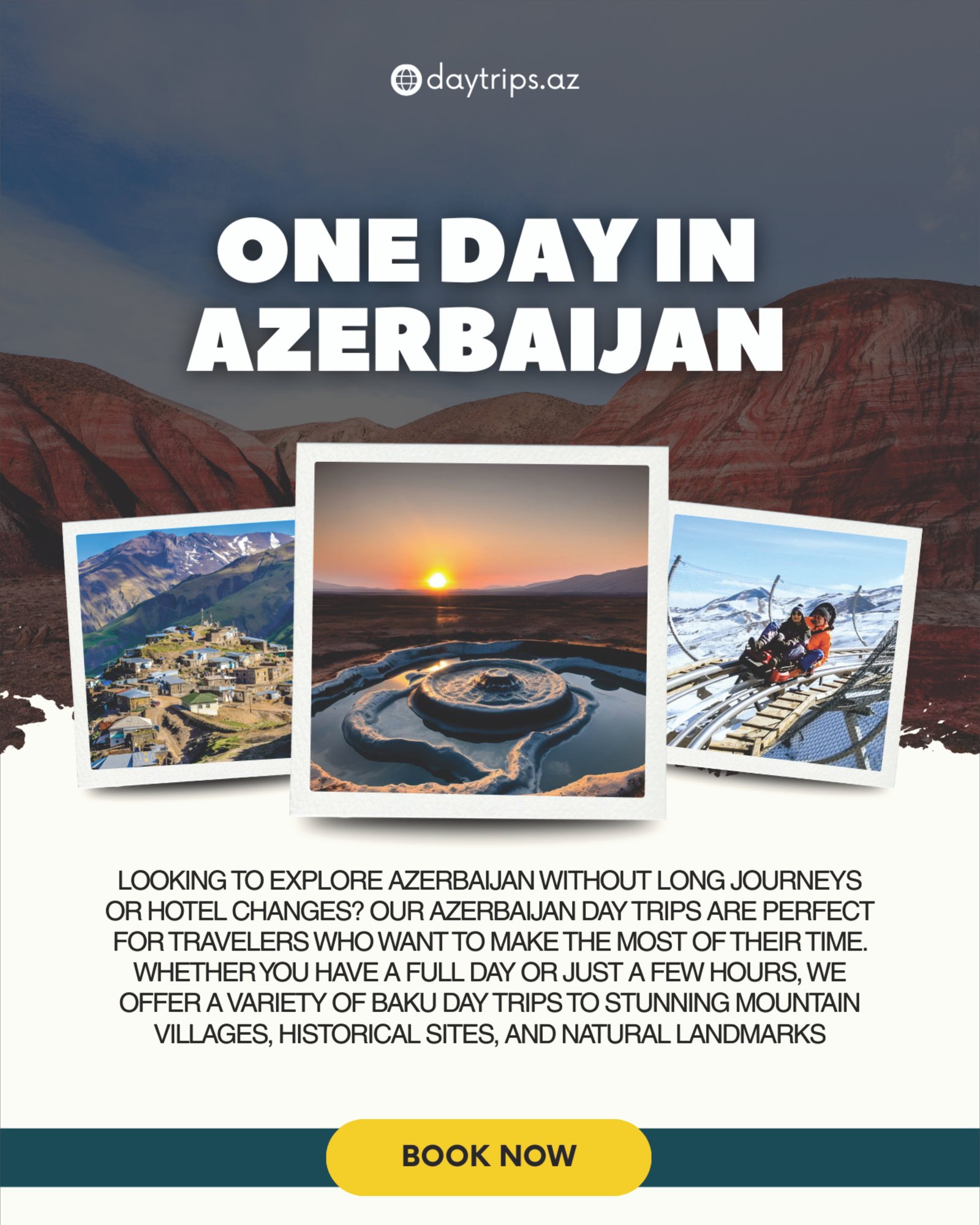
.jpg)




Comments
No comments yet.
Leave a Comment